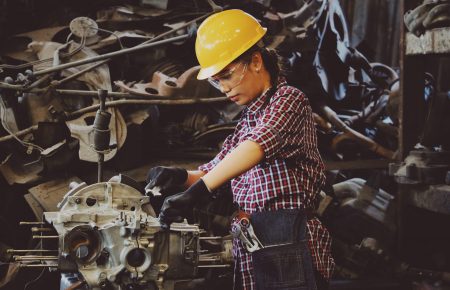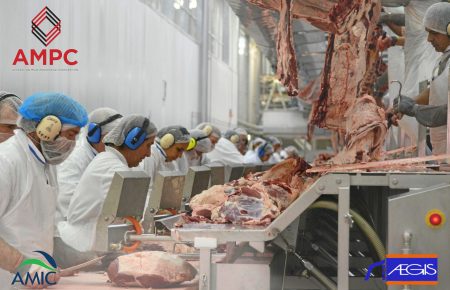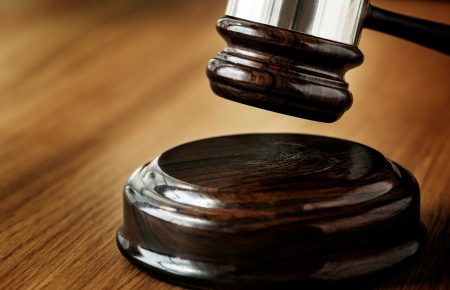By Simon Booth
New legislation introduced to the Victorian parliament in early March would ensure workers’ compensation disputes are resolved in a more timely and efficient way, according to the Andrews Labor government.
Under the proposed system, injured workers would have the choice to have their case heard by the ACCS rather than go to court. A determination in the case would then be made within two weeks of the conclusion of the hearing.
This change would provide a cheaper alternative to court with the aim of more quickly resolving disputes. It has the additional aim of freeing up court capacity.
“This model will avoid complex and costly court proceedings, particularly for lower value disputes – providing a faster and more effective pathway to resolution, with less stress and impact on recovery,” said Minister for Workplace Safety Ingrid Stitt
“These reforms put workers at the centre of the dispute resolution process – empowering them to choose the best way to advance their claim to reach a fast and fair outcome and making sure no one falls through the cracks.”
If passed, the Workplace Injury Rehabilitation and Compensation Amendment (Arbitration) Bill 2021 proposes to deliver ‘fairer outcomes’ by allowing the Accident Compensation Conciliation Service (ACCS) to make binding determinations on ‘disputes not resolved by conciliation’.
When I hear promises such as ‘fairer outcomes’ I have learned to be wary. If we cast our eyes back to 2018, icare made significant changes to the NSW scheme under the guise of “improving the customer experience”. In this instance, we forgot to ask who the customer was; eventually we ascertained that it was definitely not the employer.
So, in this instance we must ask ourselves, ‘fairer outcomes’ for whom? This change is a result of the recommendations of the Victorian Ombudsman, and I am yet to see a change, based on her reports, that has resulted in any ‘fairer outcomes’ for employers.
Will this impact an already struggling scheme?
Whilst any effort to remove drawn out legal conflict, and its associated cost, from the scheme should be applauded, it is unclear what financial modelling has taken place, in relation to this change, to determine its positive or negative impact on the ongoing viability of a scheme that has haemorrhaged billions of dollars in recent years.
The social responsibility of the scheme requires pathways to resolution for injured workers that are easily accessible. However, the financial responsibility of the scheme necessitates that changes should only be made with careful consideration to the scheme’s ongoing viability.
What is unknown is whether this proposed change comes with a concrete understanding of the impact it will have on a scheme, whose cost of claims has increased by almost $2 Billion a year for the past two years, or if it’s yet another kneejerk reaction to the Victorian Ombudsman’s flawed reports.
With over twenty years’ experience in Workers’ Compensation, Simon Booth is a vocal advocate for employers in a scheme that often leaves them feeling powerless and frustrated. Simon and his team work with employers across Australia, helping them take back control of their Workers’ Compensation programs.
Disclaimer: This article provides general advice and should not be considered legal advice or an insurance consultation. You should seek appropriate counsel for your own situation. In addition, this post is directed at people in Australia. If you are outside Australia, please be aware that the circumstances in your own country may be different.






















































